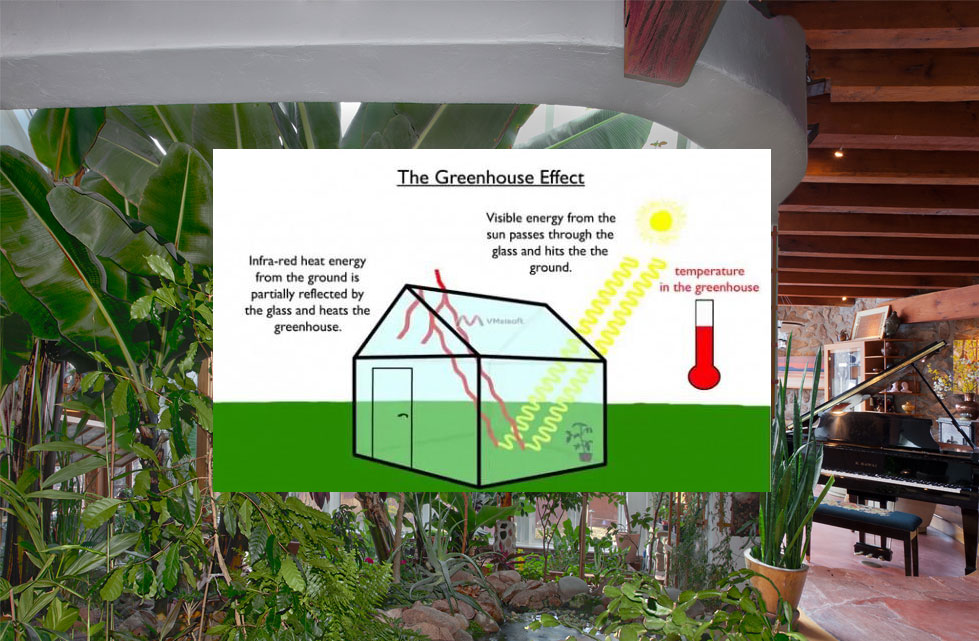Hardwood, laminate and vinyl flooring is a popular choice for homeowners across SA. These flooring options are low maintenance, increase the value of your property and last for years. But a greenhouse effect on one of these flooring options can be very harmful and damage your floor.
What is the Greenhouse effect?
Most commonly occurs in holiday homes. The Greenhouse effect occurs when a house / dwelling remains closed for a prolonged period of time and there is limited airflow through the house. Warm sunlight streams through the windows, this generates heat inside the house and results in condensation and humidity building up inside, and eventually causes the floor to swell, peak, cup or lift. Refer photos below.
ABOVE: Peaking floors in a closed holiday home, locking system is now damaged
ABOVE: Cupping flooring in a closed holiday home
When you return to the house, open the windows and put on the air conditioner the floor shrinks and may return to normal or already be damaged beyond repair.
How will you Know if your flooring has been damaged by this greenhouse effect?
With a floating floor installation there will always be a certain amount of shrinkage and expansion, as the flooring responds to the heat, humidity and sunlight it is exposed to. Flooring that has been damaged by the Greenhouse effect will have abnormal swelling and shrinkage that will cause the planks to warp, look undulated or have an uneven surface. Remember seasonal gapping is normal.
How to avoid the Greenhouse effect in your home?
For wood, laminate and vinyl flooring to remain unaffected the temperature in the house needs to remain between 15-27 degrees celcius all year around with a relative humidity between 30-50%. We highly recommend a humidity reader to homeowners so they can monitor and keep track of the conditions in their home. Depending on the readings, some homes may require a humidifier or a dehumidifier. Temperature and humidity levels must be maintained at all times even when the house is empty.
Try these handy tips to protect and improve the performance of a floating floor or wood based floor in a holiday home.
- If possible arrange for a friend/reliable/trustworthy person to open up the dwelling to allow airflow through the home/office, at least once a week. This does not mean just the front door, open up as many openings as possible to stabilise the interior temperature and let this have a time span of at least 1hour. Then one can close up again.
- If the dwelling is a new build, various other options are open to be used, i.e. install Heat extractor fans, exhausting into the ceiling or outside, that are thermostatically controlled to kick in at 28°C, or insert air blocks/bricks in the apexes of the structure, this will allow a large percentage of the built up heat to escape.
- Protect the floor surface from direct sunlight/UV, by either having a protective film over/on top of the glass(highest possible UV protection rating) on the inside glass surface. This will serve 2 functions, protect the floor and all the clients possessions from fading and controlling the heat build-up within the dwelling.
- It is recommended that the expansion gaps provided around all vertical surfaces are increased by at least 20% more than the specified gap required by the manufacturer/supplier, i.e. 10mm normal, holiday home at least 12mm. Remembering that the flooring must not be pinned down or trapped, that it cannot expand and contract freely.

